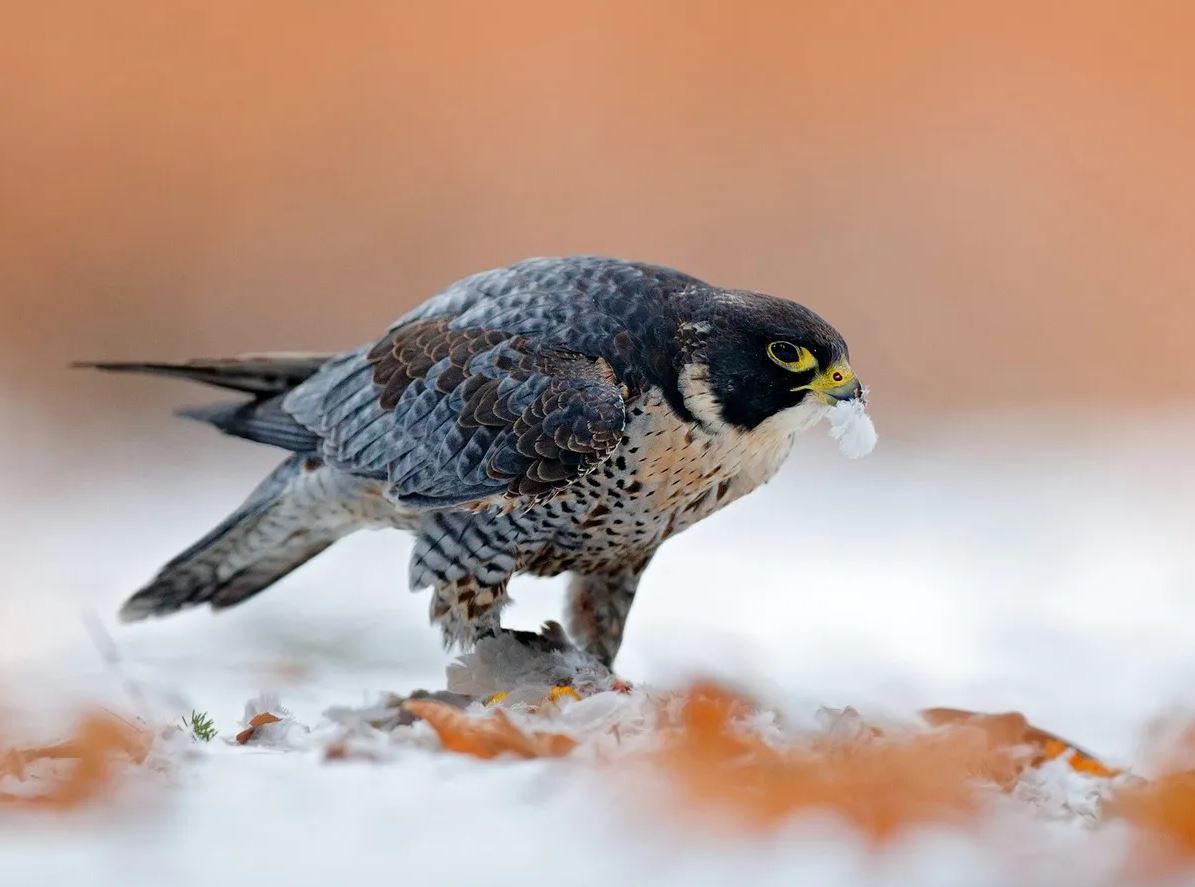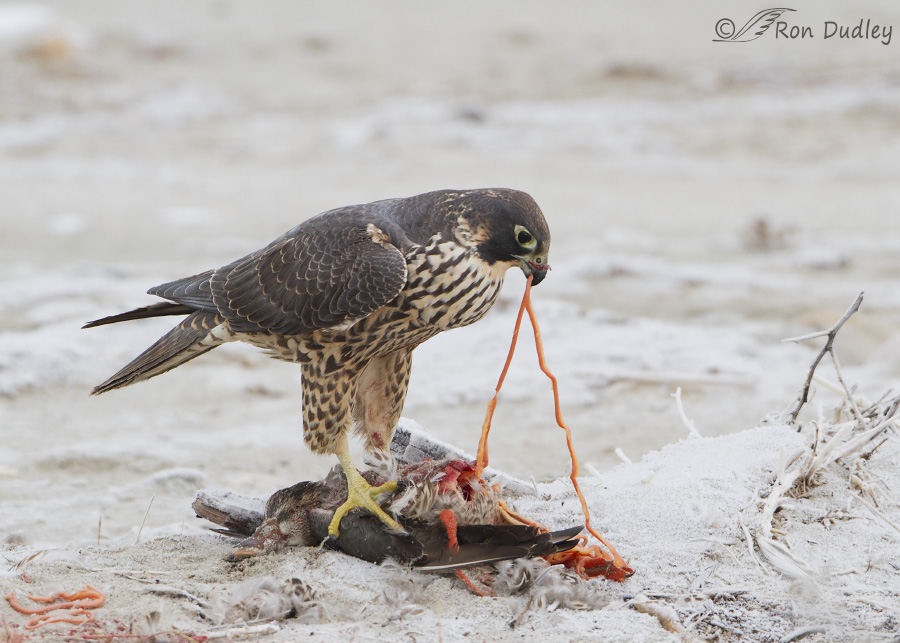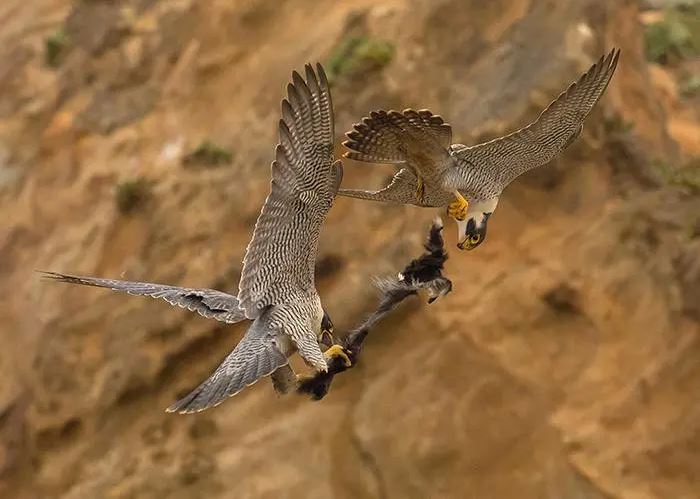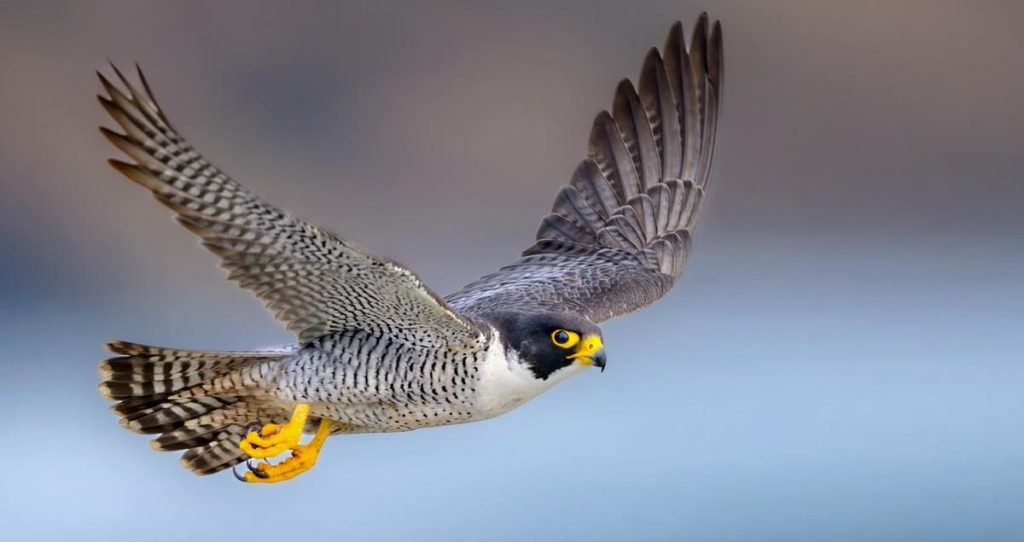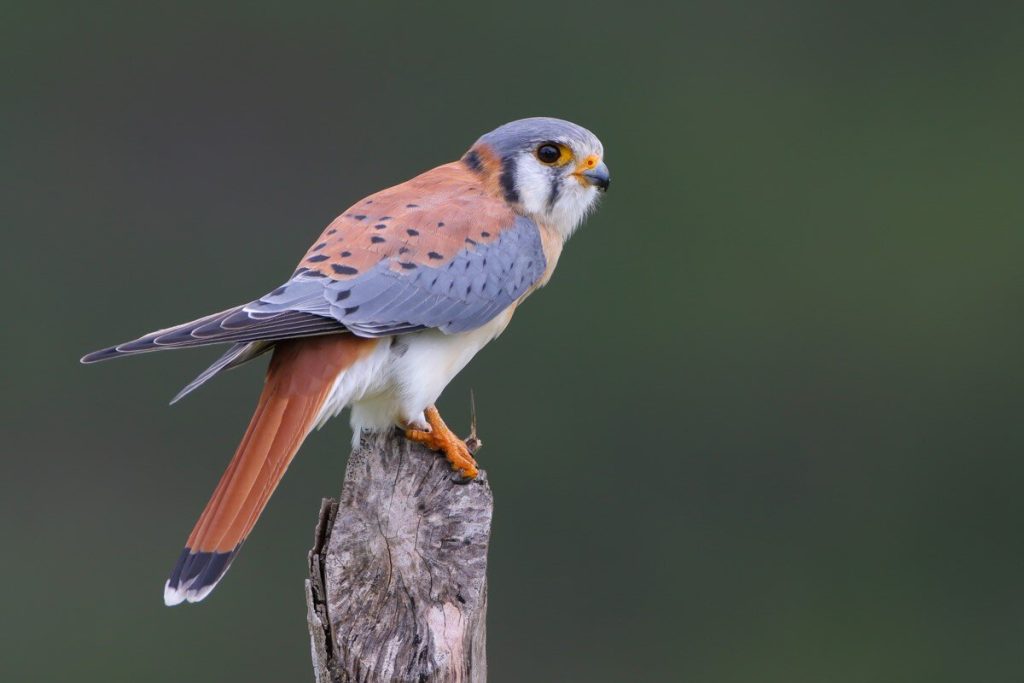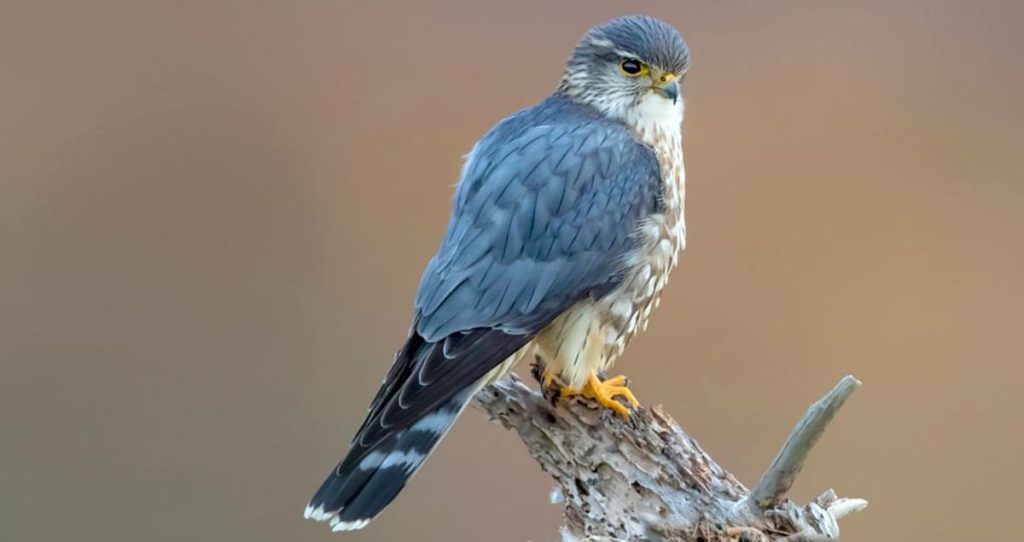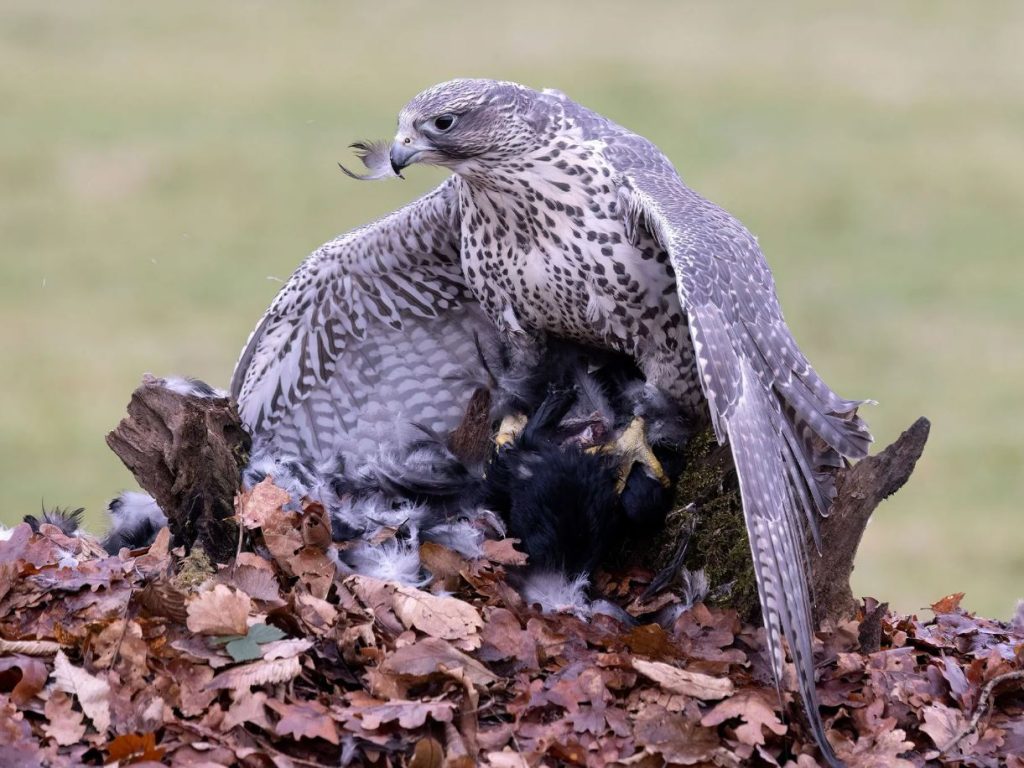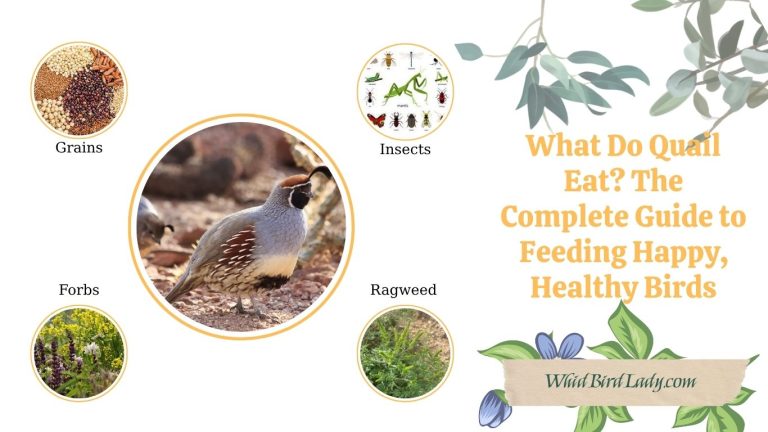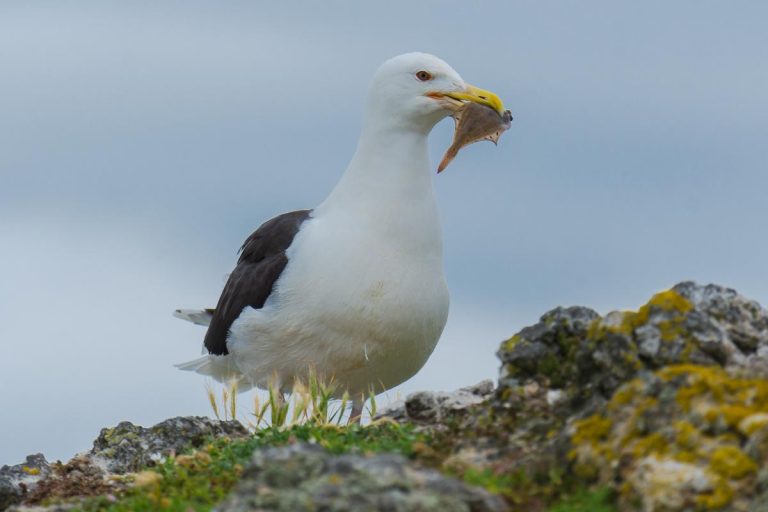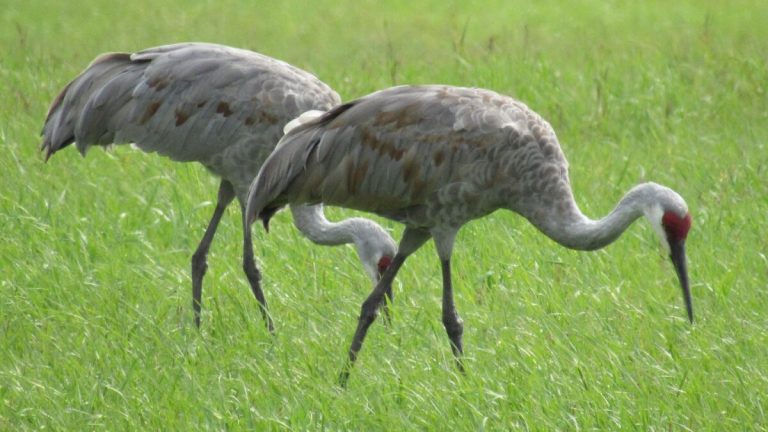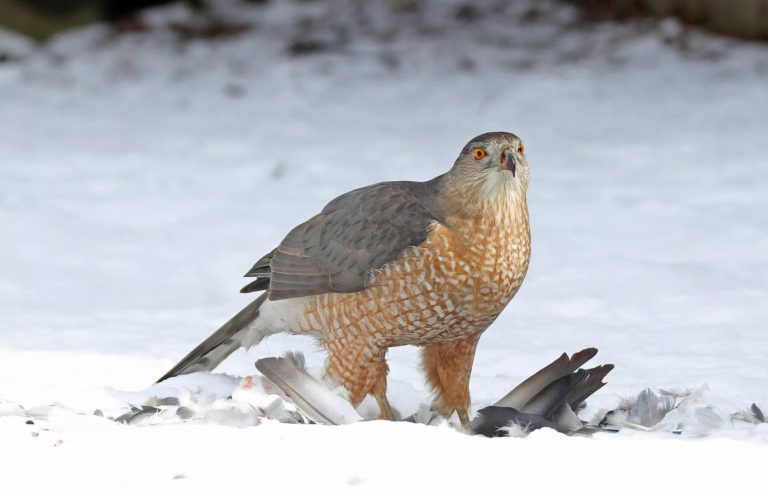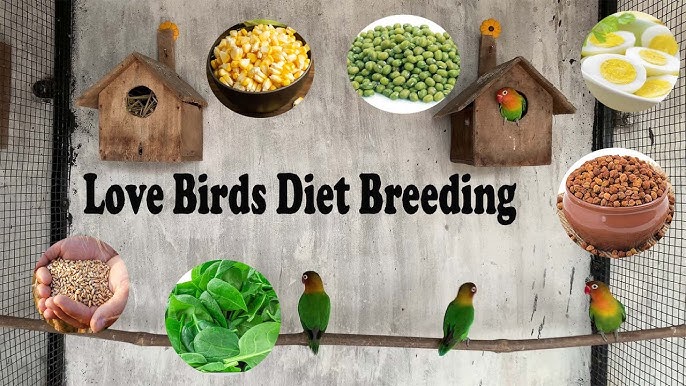What Do Falcons Eat and How Do They Hunt? Inside the Life of a Sky Predator
Falcons are among nature’s most impressive aerial hunters, admired by birdwatchers and naturalists alike. Known for their remarkable speed, agility, and sharp vision, these birds of prey exhibit incredible hunting techniques. Understanding what falcons eat, their hunting strategies, and their diverse falcon diet offers deep insights into the survival and adaptability of these magnificent predators.
What Do Falcons Eat?
Falcons primarily eat birds, but their diet can vary significantly depending on the species of falcon, habitat, and seasonal availability of prey. They are carnivorous and prefer fresh meat, usually capturing their prey live. Here’s a detailed look at typical falcon food:
Birds
Birds are the staple of a falcon’s diet. Species such as peregrine falcons primarily feed on medium-sized birds like pigeons, ducks, and songbirds. According to the Cornell Lab of Ornithology, the peregrine falcon’s diet comprises over 70% birds, including common prey like starlings and doves [source: Cornell Lab of Ornithology].
Small Mammals
Falcons also hunt small mammals like rodents (mice, rats, and squirrels) and occasionally rabbits. Kestrels, a smaller falcon species, are particularly adept at capturing mice and voles.
Insects and Reptiles
Smaller falcon species, such as the American kestrel, incorporate insects like grasshoppers, dragonflies, and beetles into their diet. They occasionally prey on reptiles, including small lizards.
Seasonal and Regional Variations
When exploring what do falcons eat, it’s important to understand that their diet isn’t static. Falcons are opportunistic predators, and their feeding habits shift with the seasons based on prey availability, weather, and geographic location. This seasonal flexibility is key to their survival across a wide range of habitats—from Arctic tundras to urban skylines.
Spring and Summer: A Feast of Birds and Insects
During the warmer months, falcons take full advantage of the abundance of prey. Many species focus heavily on small to medium-sized birds, which are plentiful during spring migration and nesting season. For example, peregrine falcons primarily feed on birds like pigeons, doves, starlings, and shorebirds.
According to the Cornell Lab of Ornithology, peregrine falcons “capture medium-sized birds in mid-air with astonishing speed” and “are known to eat more than 450 different bird species worldwide”. Insects such as grasshoppers and beetles also make up a significant part of the American kestrel’s summer diet, especially in open habitats.
Fall: Migration Opportunities
As fall arrives, many bird species begin their migratory journeys—providing falcons with a moving buffet. Species like the peregrine falcon often follow flocks of migratory birds, intercepting them mid-flight. This is especially true at migratory hot spots such as Hawk Mountain or Cape May, where falcons are known to gather during fall migration to hunt.
Winter: Small Mammals and Adaptive Choices
In colder regions where prey is scarce in winter, falcons adjust by hunting small mammals like mice, voles, or even rabbits. In urban environments, some falcons switch to scavenging or hunting city birds such as pigeons and starlings.
The American kestrel, North America’s smallest falcon, demonstrates remarkable seasonal adaptation. In summer, its diet includes mostly insects, but in winter, it shifts to small rodents and even reptiles in warmer areas. According to Audubon, “kestrels eat more insects in summer and more small mammals in winter”.
Geography Matters Too
Falcons that remain year-round in colder climates, such as the gyrfalcon in the Arctic, rely heavily on winter-hardy prey like ptarmigan and arctic hares. In contrast, migratory falcons may adjust their diets as they travel south to regions with different prey types—making diet variation even more complex.
How Do Falcons Hunt?
Falcons are highly specialized hunters, employing various techniques to capture their prey efficiently.
High-Speed Dives (Stooping)
The most iconic falcon hunting technique is the high-speed dive or “stoop.” Peregrine falcons are especially famous for this method, achieving speeds over 200 mph, making them the fastest animals on Earth. During a stoop, a falcon spots its prey from a high vantage point, then folds its wings and dives rapidly, striking the prey with stunning force, often killing it instantly.
Aerial Pursuits
Falcons frequently engage in high-speed aerial chases. Their exceptional maneuverability allows them to follow agile prey through intricate flight patterns, eventually overtaking and capturing them mid-air.
Perch Hunting
Smaller falcons like kestrels commonly hunt by perching on elevated vantage points such as trees, poles, or wires. From these positions, they scan the ground for movement and swiftly swoop down to capture their prey.
Cooperative Hunting
Although less common, some falcon species exhibit cooperative hunting behaviors, particularly during breeding seasons. Pairs work together to corner and capture larger or more elusive prey.
Falcon Food by Species: What Different Falcons Prefer to Eat
While all falcons are skilled hunters, their specific food preferences can vary widely by species. Understanding the typical falcon food across different types helps reveal how these raptors thrive in diverse habitats around the world.
Peregrine Falcon
Known for their incredible speed, peregrine falcons primarily feed on other birds. Their diet includes pigeons, ducks, shorebirds, and songbirds. They occasionally supplement their meals with bats or small mammals, especially in urban or coastal settings.
American Kestrel
As North America’s smallest falcon, the American kestrel has a more varied and opportunistic diet. Its main sources of falcon food are large insects (such as grasshoppers and beetles), along with small mammals like voles and mice. It may also eat small reptiles and birds when available.
Merlin Falcon
Merlins are compact, fast-flying falcons that focus mostly on small birds such as finches and sparrows. However, their diet can expand to include large insects and small rodents, particularly when bird populations are low.
Gyrfalcon
The gyrfalcon is the largest of all falcons and lives in Arctic and sub-Arctic regions. Its preferred falcon food consists of larger birds, especially ptarmigans, ducks, and even gulls. During the harsh winter months, gyrfalcons often rely more heavily on small mammals, such as hares and lemmings, to survive.
By examining falcon food across species, it’s clear that these raptors are both specialized and adaptable. Each falcon type has evolved to take full advantage of the prey available in its unique habitat, contributing to its success as a top predator.
What Do Baby Falcons Eat?
When exploring what do baby falcons eat, it’s important to understand that their diet during the early stages of life is critical to their growth, development, and survival. Unlike adult falcons that hunt and capture prey on their own, baby falcons—also called eyasses—are entirely dependent on their parents for food.
High-Protein Diet: A Key to Rapid Growth
Baby falcons require a high-protein, high-calorie diet to fuel their rapid development in the nest. The exact type of food varies by falcon species, but in nearly all cases, the parents bring in freshly killed prey, tear it into small, manageable pieces, and feed it directly to the chicks.
For example:
- Peregrine falcon chicks are primarily fed small birds such as sparrows, starlings, and doves.
- American kestrel chicks receive a mix of insects (like grasshoppers and beetles) and small mammals (like mice or voles), depending on what’s most abundant.
- Gyrfalcon chicks, raised in the Arctic, are often fed larger birds such as ptarmigans or waterfowl, and sometimes arctic hares.
According to the Cornell Lab of Ornithology, peregrine falcon chicks can eat the equivalent of up to one-third of their body weight per day, especially in the first two weeks of life (source). This intense feeding schedule helps them develop strong muscles, feathers, and energy reserves essential for fledging.
Feeding Behavior
In the nest, one parent (usually the female) stays with the chicks, keeping them warm and protected, while the other (usually the male) hunts. When the male returns with prey, the female tears it into small bites and delicately feeds each chick. As the eyasses grow, they begin to self-feed on larger chunks of meat, learning the skills they’ll need later in life.
No Regurgitated Food
Unlike some bird species that regurgitate food for their young, falcons feed their chicks fresh, raw prey. This is another reason why parental hunting efficiency is so vital—especially during the first few weeks post-hatch, when chicks eat multiple times a day.
Importance of Prey Availability
The survival of baby falcons is closely tied to local prey abundance. In years when prey like small birds, rodents, or insects are scarce, falcon parents may struggle to feed all chicks equally—sometimes resulting in brood reduction (where weaker chicks perish naturally due to lack of food).
Impact of Falcon Hunting on the Ecosystem
Falcons play a crucial role in ecosystem regulation by controlling populations of smaller birds and rodents. Their predation helps maintain ecological balance and contributes significantly to biodiversity. Falcon populations are indicators of environmental health because they are sensitive to ecosystem changes, including pesticide use and habitat loss.
Threats to Falcon Populations and Conservation Efforts
Falcons have faced significant threats historically, particularly from pesticides like DDT, habitat destruction, and illegal hunting. Conservation programs, including bans on harmful chemicals, habitat restoration, and breeding programs, have significantly aided the recovery of falcon populations worldwide.
The peregrine falcon, once near extinction, has rebounded thanks to concerted conservation efforts and is now commonly found in many urban environments, a testament to successful wildlife management.
FAQs About Falcon Diet and Hunting
What is the main food source for falcons?
Falcons mainly feed on birds, but their diet can also include small mammals, insects, and occasionally reptiles.
How do peregrine falcons catch their prey?
Peregrine falcons catch prey primarily through high-speed dives, called stoops, striking prey in mid-air at incredible speeds.
Do falcons hunt at night?
Most falcons are diurnal, meaning they hunt during the day. However, some species can hunt at dawn or dusk when prey activity is high.
Can falcons eat carrion?
Falcons typically prefer fresh prey and seldom consume carrion, unlike some other birds of prey such as vultures.
How much food does a falcon eat daily?
Falcons typically consume around 10-15% of their body weight per day, but this can vary depending on the species and availability of prey.
Conclusion
Understanding what falcons eat and their unique hunting strategies highlights the remarkable adaptations these predators have evolved. Falcons are essential indicators of ecosystem health and fascinating subjects of study for bird enthusiasts and conservationists alike. Protecting their habitats and ensuring their prey remains abundant is crucial to preserving these extraordinary hunters for future generations.
Read Also: What Do Snowy Owls Eat? A Detailed Insight into Their Diet

